
Introduction
As a seasoned backpacker who has extensively traveled through more than ten Southeast Asian countries, I've learned that the quality of a journey often depends on accommodation and transportation choices. During my first solo trip to Southeast Asia, inexperience led to several pitfalls in both areas, leaving me exhausted. After years of experience and experimentation, I've developed a comprehensive guide that I hope will help you avoid similar mistakes during your Southeast Asian journey.
Accommodation Guide
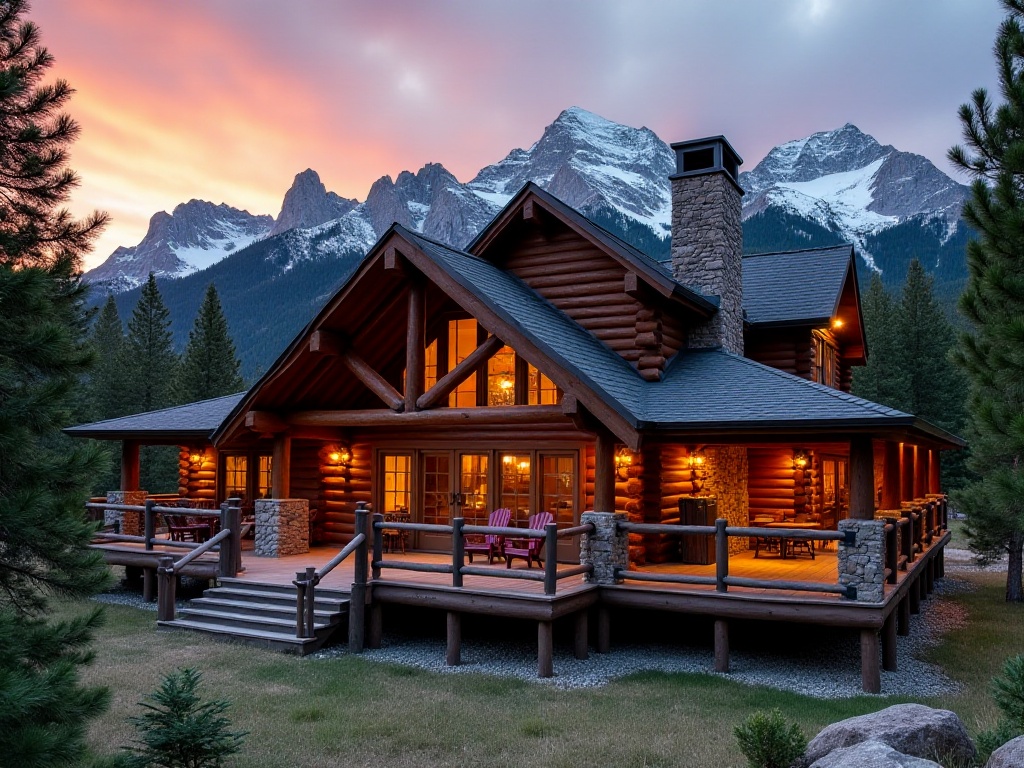
Hotels
When discussing Southeast Asian hotels, value for money is an unavoidable topic. I still remember my first time in Bangkok - I couldn't believe my eyes when I saw the five-star hotel prices. The same budget that would only get you a single room in a business hotel in Japan could afford you a luxurious five-star experience in Bangkok. Last year, I stayed at a five-star hotel near Sukhumvit Road in Bangkok for just around 600 RMB per night, and the facilities and service were amazing. The huge infinity pool, exquisite breakfast buffet, and 24-hour butler service would cost three times as much in other developed countries.
However, low prices come with trade-offs. Once, trying to save money, I booked a well-rated five-star hotel in a remote location. While the facilities were excellent, it took nearly 30 minutes to reach the nearest metro station, wasting an hour on round trips. Worse still, there wasn't even a convenience store nearby, making it difficult to buy snacks at night. Since then, I've realized that location is even more important than price when choosing a hotel.
Regarding location selection, I recommend prioritizing hotels near metro stations. In Bangkok, for example, there are many high-value hotels along the BTS stations on Sukhumvit Road. Besides convenient transportation, these areas have excellent amenities. I particularly enjoy staying near Asok station, which is just a few minutes' walk from the famous Terminal 21 mall, perfect for dining or shopping when tired in the evening.
Boutique hotels are also worth mentioning. Though smaller in scale, they often offer unexpected delights. Last year in Penang, I stayed at a boutique hotel converted from a colonial-era building. Just the historically rich lobby was captivating. Every piece of furniture in the rooms was carefully selected, some even being antiques. The owner, a history-loving Chinese descendant, often shared stories about the century-old building with guests. Though pricier than chain hotels, this deep cultural experience was absolutely worth it.
I've found that Southeast Asian boutique hotels often have their own unique characteristics. In Chiang Mai, there are boutique hotels converted from ancient teak houses; in Siem Reap, boutique resorts incorporating Khmer architectural styles; and in Hanoi's Old Quarter, boutique guesthouses preserving French architectural charm. These hotels not only provide comfortable accommodation but also allow you to deeply experience local cultural heritage.
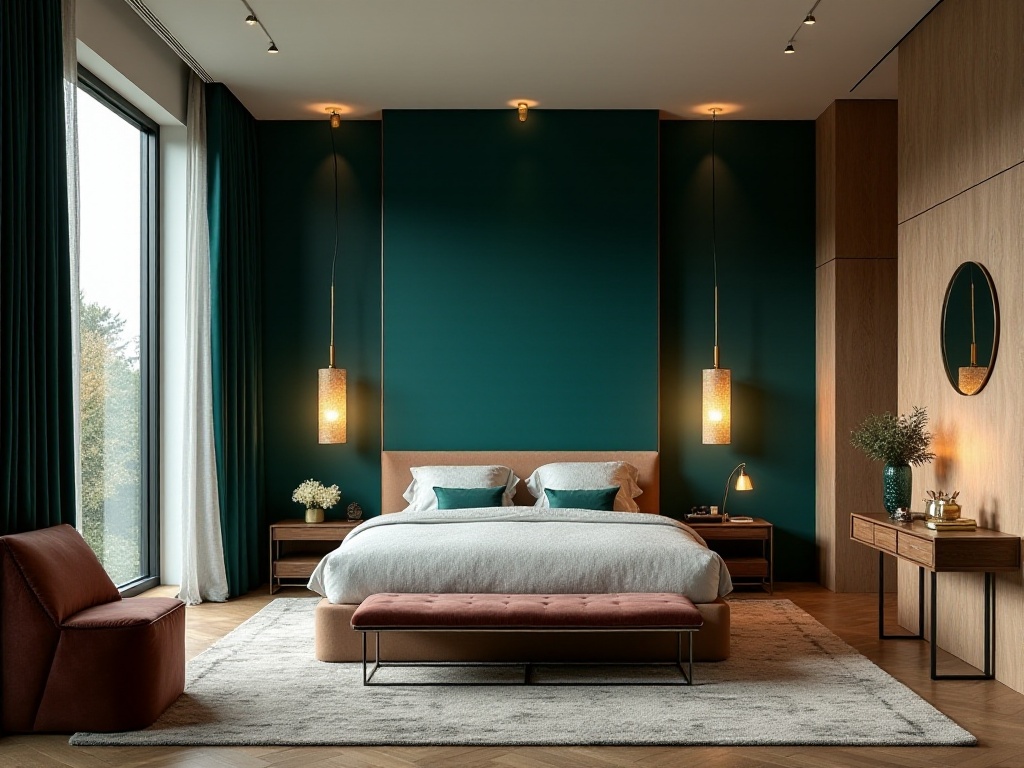
Unique Accommodations
For a more authentic travel experience, I strongly recommend trying homestays. Last year in Ubud, Bali, I stayed at a locally-operated homestay. Though it only had four guest rooms, each room had its own character. My second-floor room faced a rice field, offering golden sunrise views over the emerald paddies every morning - a sight so beautiful it made sleeping in impossible.
The hosts, a local Balinese couple, prepared different traditional breakfasts daily. Indonesian banana pancakes, Balinese-style fried noodles, rice with coconut milk and satay - each dish was authentically local. Better yet, they would recommend lesser-known spots based on your interests. Through them, I discovered a hidden waterfall that was not only breathtakingly beautiful but also nearly tourist-free.
However, choosing homestays requires more patience and attention to detail. I suggest carefully reading previous guests' reviews before booking, particularly regarding cleanliness and safety facilities. If possible, choose homestays with video reviews for a more direct understanding of actual conditions. A friend of mine only looked at promotional photos of a homestay in Da Nang, Vietnam, and found the actual environment vastly different from the pictures, forcing a last-minute accommodation change that wasted both time and money.
Additionally, maintaining good communication with homestay hosts is important. I usually confirm check-in times in advance and get specific directions from the airport or station to the homestay. Some hosts offer pickup services which, although potentially costly, are worth it considering the often confusing address systems in Southeast Asia.
Besides traditional homestays, Southeast Asia offers other unique accommodation options. In Chiang Mai, Thailand, you can stay in jungle cabins at elephant sanctuaries and wake up to elephant calls; in Siem Reap, Cambodia, some hotels offer rooms styled after the Angkor dynasty, making you feel like you've traveled back to the Khmer Empire's golden age; in Luang Prabang, Laos, some accommodations preserve French Indochina architectural styles, making you feel like you're in an elegant French colony.
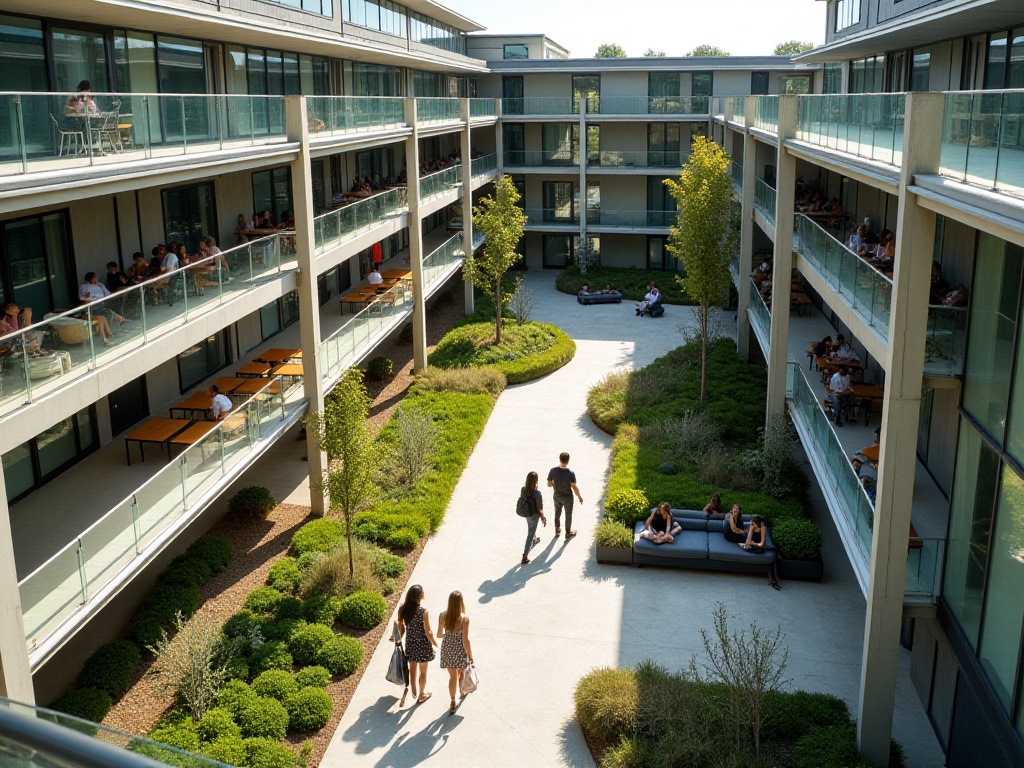
Transportation Options
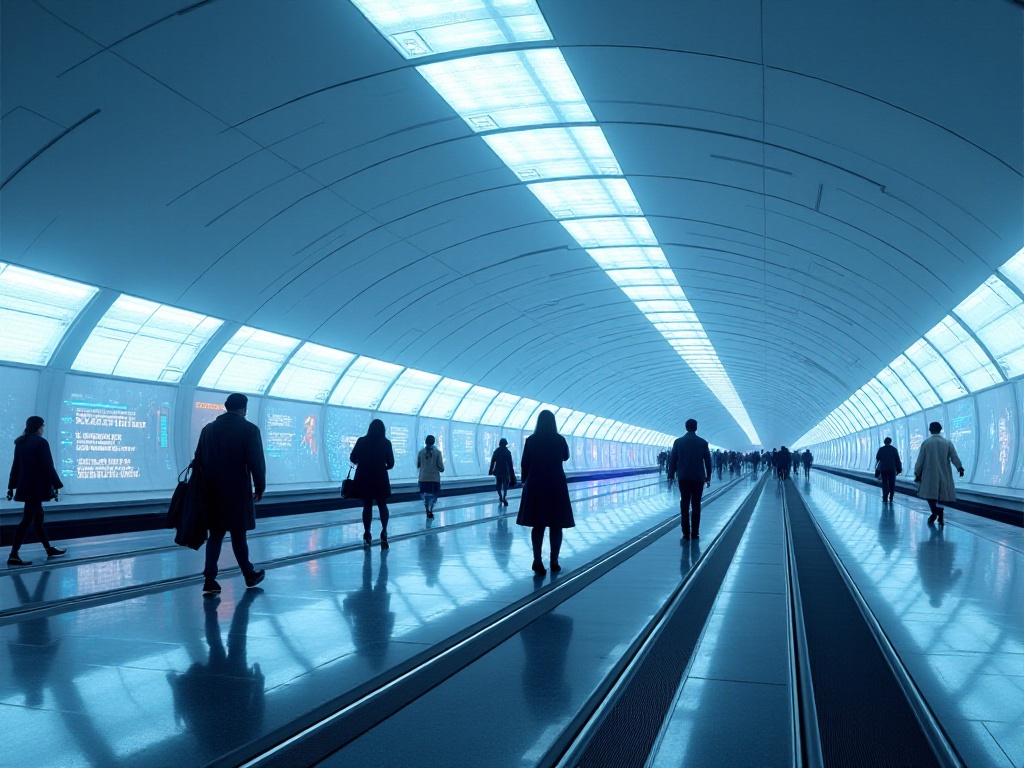
Urban Transportation
In Southeast Asian cities, rail transit is undoubtedly the most economical and reliable choice. In Bangkok, for example, the BTS Skytrain and MRT subway networks cover most major commercial areas and attractions. During my first visit to Bangkok, the maze-like streets on the map seemed overwhelming. But with the BTS, everything became simple. From Siam to Chinatown, from Thong Lo to riverside night markets, all were easily accessible.
However, operating hours need special attention. Many first-time visitors to Southeast Asia make the same mistake: assuming the metro runs as late as in their home countries. In reality, many Southeast Asian cities' last trains run around 11 PM. I learned this lesson in Kuala Lumpur when I missed the last train after staying too late at a bar in Bukit Bintang. I had to take a taxi back to the hotel, paying several times the usual fare. So I suggest considering transportation end times when planning evening activities.
Besides rail transit, taxis and ride-hailing services are good options. However, be careful when choosing taxis, as some Southeast Asian cities' taxi drivers are known for overcharging tourists. I've encountered drivers in Bangkok who refused rides or wouldn't use the meter. Later, I found that using apps like Grab is a better choice. Prices are transparent, and real-time navigation through the app prevents drivers from taking detours.
Motorcycle taxis are also common in Southeast Asia. They're a good option during traffic jams. However, I suggest inexperienced riders be cautious, as Southeast Asian traffic can be chaotic and safety risks exist. If you want to try, practice first on less crowded roads.
Intercity Transportation
For intercity travel, trains are my favorite. In Malaysia, the train journey from Kuala Lumpur to Ipoh left a deep impression. The train winds through tropical rainforests, with rolling mountains and vast palm plantations on both sides - scenery so beautiful you won't want to sleep. Malaysian train tickets are affordable, and facilities are quite good, with air conditioning, spacious seats, and dining cars offering simple meals.
However, train delays are common in Southeast Asia. My experience traveling from Bangkok to Chiang Mai in Thailand was memorable. What should have been a 6-hour journey took nearly 8 hours due to waiting for oncoming trains. Now I always allow plenty of buffer time when planning itineraries, especially when there are other important activities scheduled for the same day.
Long-distance buses are also an economical choice, especially in areas without rail coverage. However, choose official stations and operators. When traveling from Hanoi to Ha Long Bay in Vietnam, I chose a well-reviewed long-distance bus company. Though pricier than minibuses, it offered better vehicle condition, air conditioning, and most importantly, guaranteed safety.
Flying is certainly the fastest option, and Southeast Asia has a well-developed low-cost airline network. Airlines like AirAsia, Tiger Air, and Jetstar often offer super low fares. I once flew from Kuala Lumpur to Penang for just over 100 RMB. However, remember that while budget airlines are cheap, you must check all additional fees carefully. Baggage fees, seat selection fees, etc., can make an initially cheap ticket less economical.
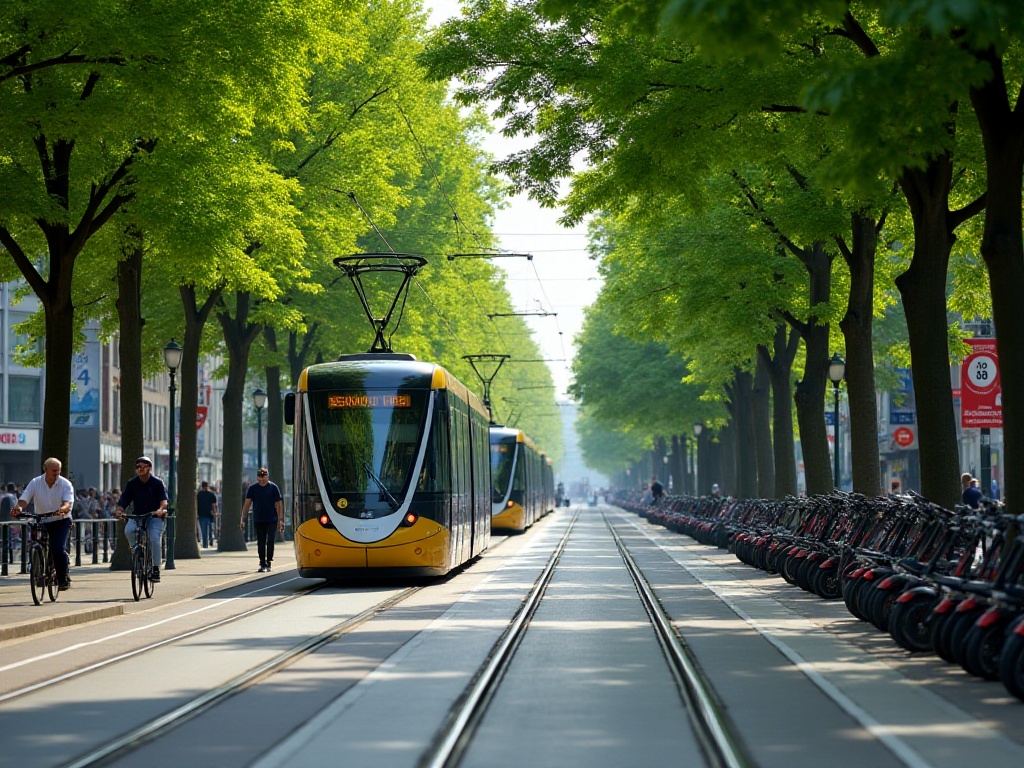
Money-Saving Tips
Through years of travel experience, I've developed some money-saving tricks. First is choosing the right travel season. Southeast Asia's peak tourist season is generally from November to February of the following year, when both crowds and prices surge. I usually travel in April-May or September-October. Though weather might not be ideal, prices are much better.
Taking Bali as an example, the resort I stayed at last October charges over 1,500 RMB per night during peak season, but I paid just over 500. Moreover, there are fewer tourists during off-peak seasons, so no queuing at attractions and better photo opportunities, actually resulting in a better travel experience.
For accommodation, I've found many hotels offer special deals on certain booking websites. I usually compare prices across several booking sites, sometimes finding price differences of over 20%. Additionally, member prices are often much lower than regular rates, so it's worth registering for membership when you find a hotel you like.
For transportation, besides using public transit, making good use of various vouchers is helpful. Ride-hailing apps like Grab frequently offer vouchers that can save significant money. In Singapore, I often used Grab's shared ride service, which cost about half the price of a private ride. Singapore's safety is excellent, so there's no need to worry about security.
If planning to stay in a city for an extended period, consider purchasing transit passes. Bangkok's BTS offers one-day and three-day passes, which are more economical than single-journey tickets. In Singapore, tourists can buy Tourist Passes for unlimited public transport use, which are very cost-effective.
For dining, I suggest eating where locals do. It's not only cheaper but also offers the most authentic food. In Kuala Lumpur, I love eating at Chinatown food courts where a meal might cost only around 20 RMB but tastes better than many high-end restaurants. In Bangkok, many street food stalls offer delicious food at incredibly low prices.
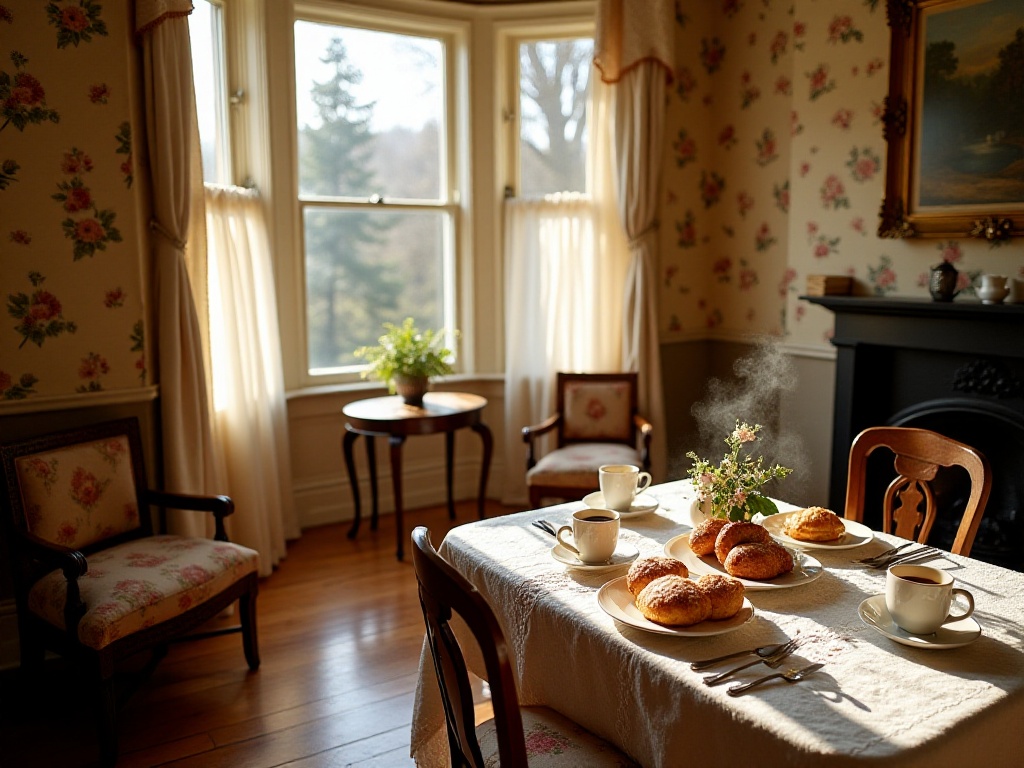
Final Thoughts
Choosing suitable accommodation and transportation can make travel much more enjoyable. Whenever I see people sharing their mishaps in Southeast Asia online, I think: many problems could be avoided with proper research.
I remember being overwhelmed during my first trip to Southeast Asia. But after years of experience, I'm much more comfortable traveling there now. Each place has its unique charm, and our job is to experience and feel it in the way that suits us best.
I hope these experiences help those planning to travel to Southeast Asia. While problems are inevitable during travel, maintaining a good attitude helps solve any issue. After all, isn't the meaning of travel about growing through exploring the unknown?
Overall, Southeast Asia is an excellent travel destination. It offers great food, beautiful scenery, warm hospitality, and generally low costs. With proper preparation, you're sure to enjoy an unforgettable Southeast Asian journey.
Next
Budget-Friendly Hostels in Southeast Asia: A Solo Traveler's Guide
Ah, Southeast Asia! The land of vibrant street markets, ancient temples, and pristine beaches. But for the solo traveler, it's so much more – it's a playground of self-discovery, cultural immersion, and unforgettable connections. And at the heart of this solo adventure? Hostels, my friends. These budget-friendly havens are the unsung heroes of the backpacker trail, offering not just a place to rest your head, but a launchpad for epic journeys.
From Hostels to Luxury Hotels: A Backpacker's Global Accommodation Guide
A comprehensive guide to accommodation options, covering traditional hotels, boutique hotels, B&Bs, self-catering units, as well as specialty lodging like mountain cabins, resorts, and alternative options including home exchange and work exchange programs
The Great Escape: Hotels Bask in Summer's Radiant Glow
In a world once silenced by the echoes of empty lobbies and vacant rooms, a new symphony of rolling luggage and excited chatter is rising. The hotel industry, long battered by the storm of a global pandemic, is finally seeing the sun peek through the clouds. As we stand on the precipice of a travel renaissance, local hotels are witnessing a surge in occupancy rates that's nothing short of miraculous.
Next
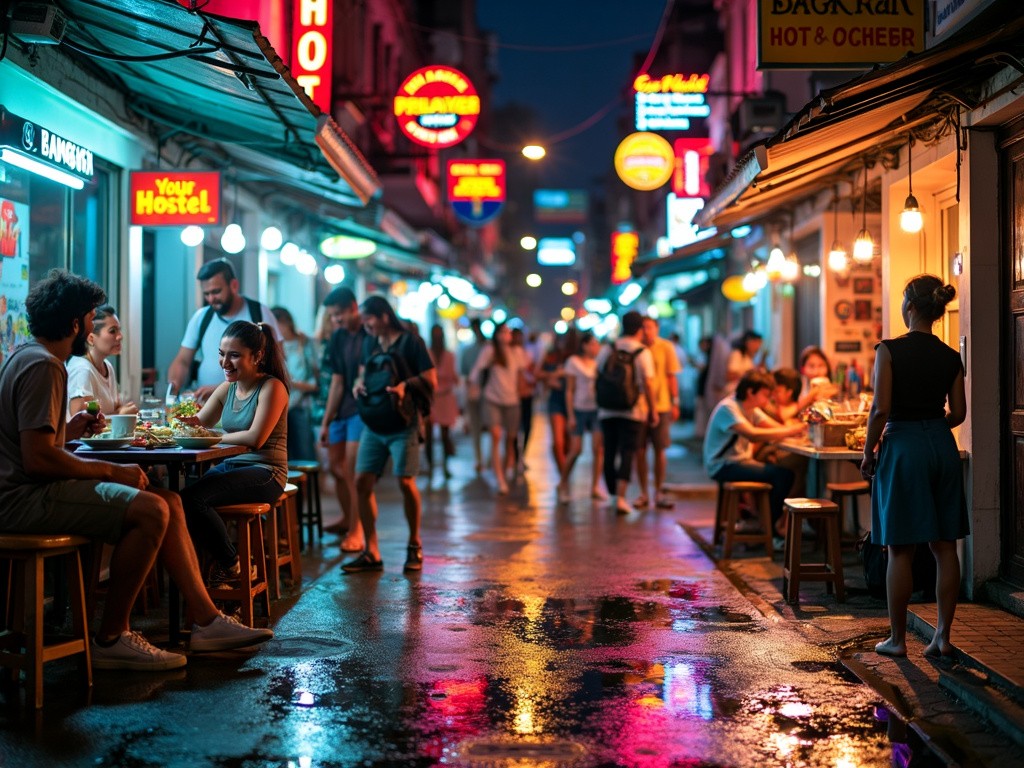
Budget-Friendly Hostels in Southeast Asia: A Solo Traveler's Guide
Ah, Southeast Asia! The land of vibrant street markets, ancient temples, and pristine beaches. But for the solo traveler, it's so much more – it's a playground of self-discovery, cultural immersion, and unforgettable connections. And at the heart of this solo adventure? Hostels, my friends. These budget-friendly havens are the unsung heroes of the backpacker trail, offering not just a place to rest your head, but a launchpad for epic journeys.
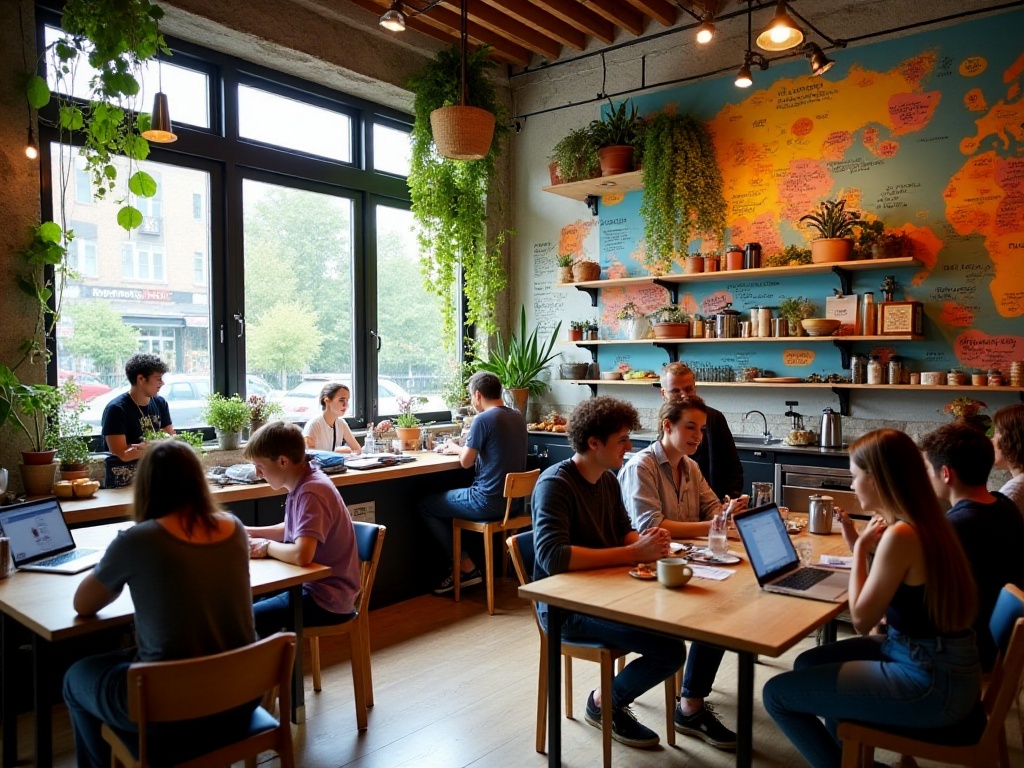
From Hostels to Luxury Hotels: A Backpacker's Global Accommodation Guide
A comprehensive guide to accommodation options, covering traditional hotels, boutique hotels, B&Bs, self-catering units, as well as specialty lodging like mountain cabins, resorts, and alternative options including home exchange and work exchange programs
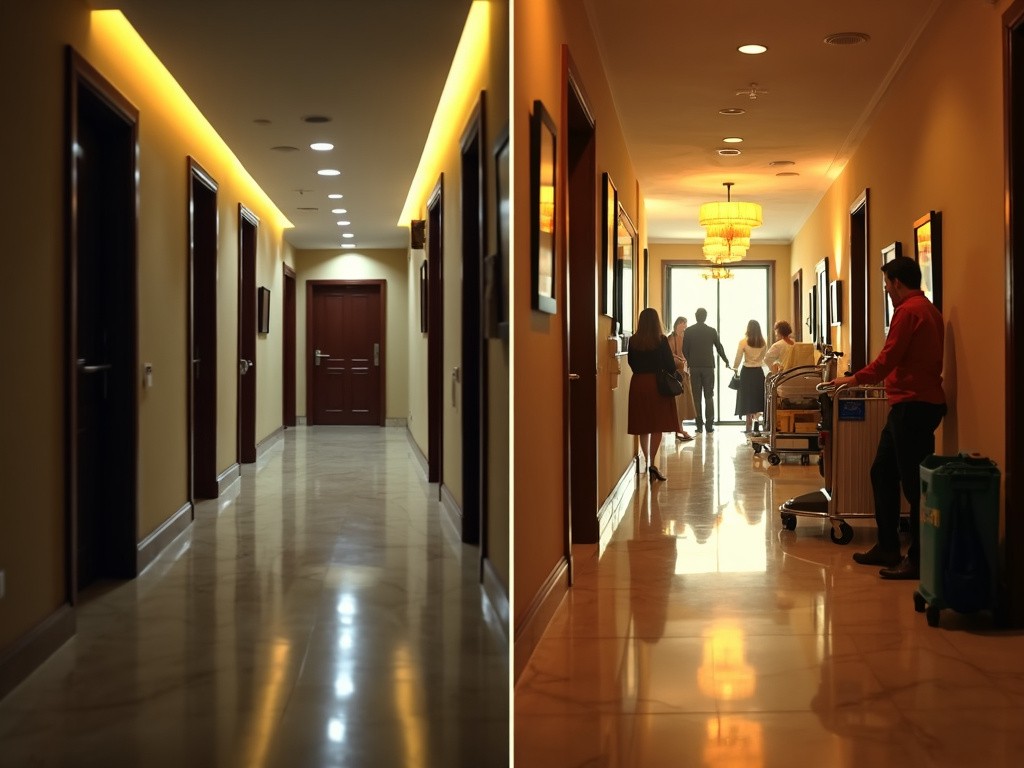
The Great Escape: Hotels Bask in Summer's Radiant Glow
In a world once silenced by the echoes of empty lobbies and vacant rooms, a new symphony of rolling luggage and excited chatter is rising. The hotel industry, long battered by the storm of a global pandemic, is finally seeing the sun peek through the clouds. As we stand on the precipice of a travel renaissance, local hotels are witnessing a surge in occupancy rates that's nothing short of miraculous.


